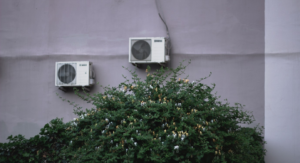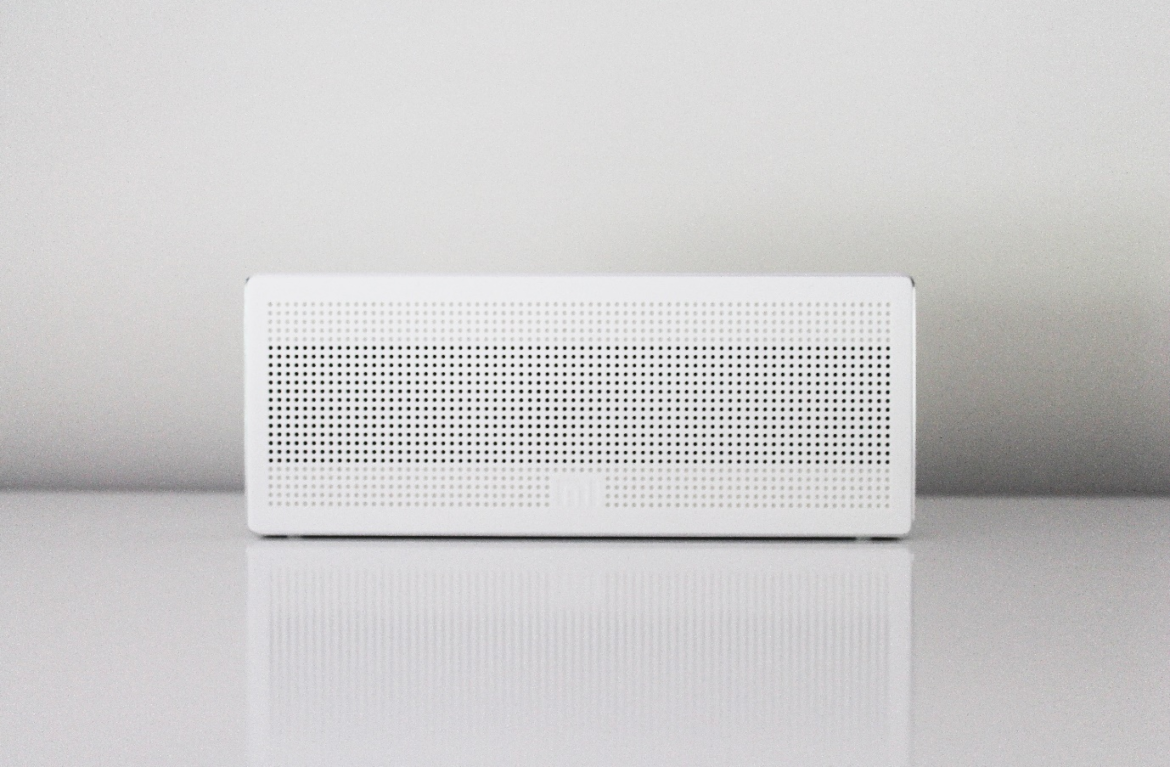Traditionally, HVAC systems have used ductwork to distribute conditioned air throughout a building. However, in recent years, Ductless HVAC Systems in NC have gained popularity due to their unique features and benefits.
This blog will explore the world of ductless HVAC systems and the benefits of ductless HVAC systems.
Features of Ductless HVAC Systems
Individualized Zone Control
One of the standout features of ductless HVAC systems is the ability to provide individualized zone control.
Unlike traditional systems that simultaneously heat or cool an entire building, ductless systems use multiple indoor units to create distinct heating and cooling zones.
Each zone can be controlled independently, allowing occupants to adjust the temperature according to their preferences.
Compact Size and Flexibility
Ductless HVAC systems have two main components: an outdoor unit and one or more indoor units. The indoor units are sleek and compact, making them easy to install and blend seamlessly into various interior designs.
The absence of bulky ductwork also offers flexibility regarding installation locations, making ductless systems suitable for new constructions and retrofits.
Benefits of Ductless HVAC Systems
Here are some of the benefits of ductless HVAC systems:
Improved Indoor Air Quality
The ductwork in HVACs can collect dirt, debris, dust, and other contaminants over time. Ductless HVAC systems offer a reduced chance for pollutants to circulate throughout a building since they lack ductwork.
Additionally, certain ductless models incorporate integrated air purifiers and advanced filtration systems, improving indoor air quality and fostering a healthier living environment.
Easy Installation
Installing a ducted HVAC system can be a labor-intensive and time-consuming process. On the other hand, installing Ductless HVAC systems in NC is relatively straightforward. It requires minimal construction work, as it only involves mounting the indoor units, connecting them to the outdoor unit, and running a small refrigerant line. This reduces installation time and helps minimize building structure disruption.

Installation Process
The installation of a ductless HVAC system typically involves the following steps:
Assessment and Planning: A professional HVAC contractor assesses the property, determining the ideal locations for the indoor and outdoor units. They consider factors such as insulation, electrical requirements, and zoning options.
Indoor Unit Mounting: The indoor units are mounted on walls or ceilings in the desired zones. The contractor drills a small hole to connect the unit to the outdoor condenser unit.
Outdoor Unit Placement: The outdoor unit is typically placed on a concrete pad or mounted on a wall bracket. It is positioned strategically to maximize its efficiency and minimize noise.
Refrigerant Line Installation: A small refrigerant line connects the indoor and outdoor units, allowing heat transfer or cool air.
Electrical Connections: The contractor ensures proper electrical connections between the indoor and outdoor units, ensuring safe and efficient operation.
System Testing and Commissioning: Once the installation is complete, the contractor tests the system to ensure it functions properly. They check for refrigerant leaks, verify the zone control settings, and confirm that each unit is heating or cooling effectively.
Ductless HVAC Systems in Johnston offer a range of features and benefits that make them an appealing alternative to traditional ducted systems.
Remember, consulting with a professional HVAC contractor like Wayne Bryant Heating and Cooling LLC is necessary to ensure your ductless HVAC system’s proper sizing, installation, and maintenance. Whether you want Air Duct Cleaning Services in Wake, NC, or a cooling system installation in Clayton, we are here for you!

